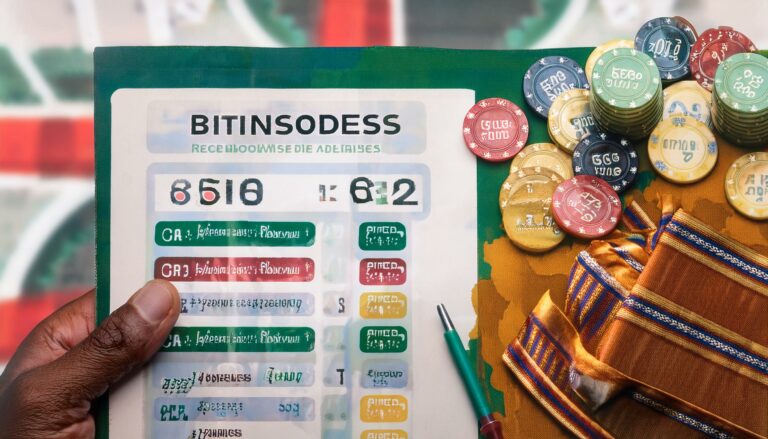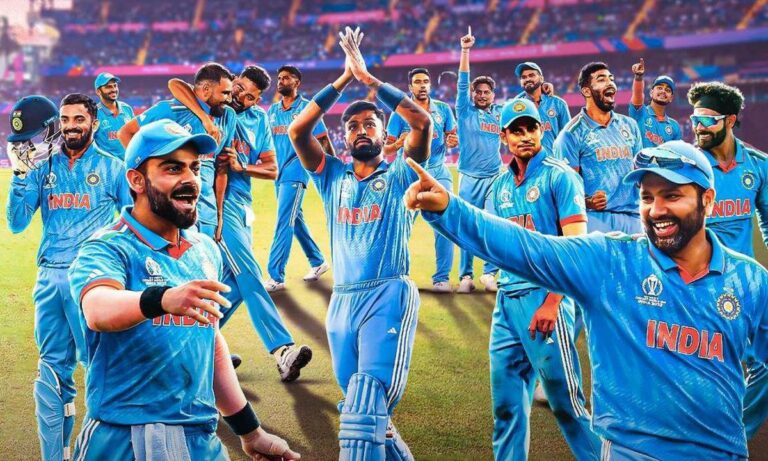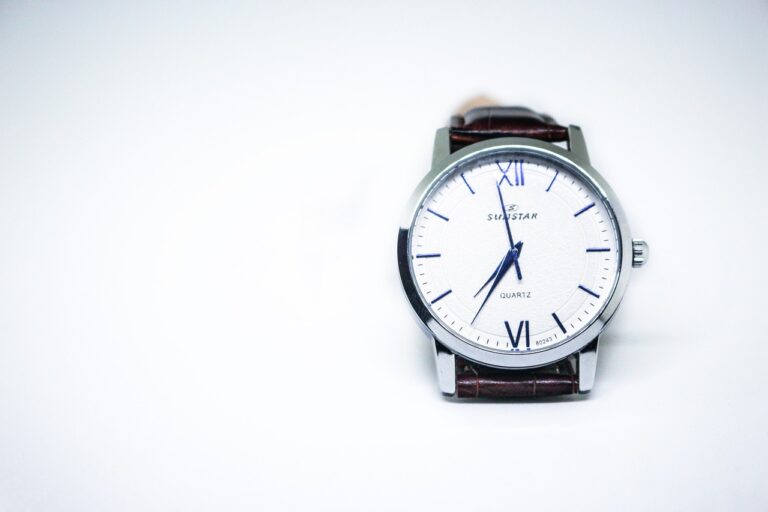Sustainability in Cricket Pad Manufacturing
Online Cricket ID, 11xplay: Cricket pads are essential protective equipment worn by cricket players to safeguard their lower legs from potential injuries caused by fast-paced deliveries. The primary materials used in the manufacturing of cricket pads include high-density foam, reinforced plastic, and high-quality leather. These materials are carefully selected to provide optimal protection, comfort, and durability during intense cricket matches.
High-density foam is used in the construction of cricket pads to absorb the impact of cricket balls effectively. The foam is strategically placed in critical areas of the pad to ensure maximum protection for the player. Reinforced plastic is used to reinforce the exterior of the pad, adding an extra layer of defense against impacts. Additionally, high-quality leather is used for the outer covering of the pad, providing durability and a comfortable fit for the player.
Impact of Traditional Manufacturing Processes
One of the key elements that significantly impacts the manufacturing of cricket pads is the utilization of traditional techniques. These processes, handed down through generations, have long been engrained in the crafting of quality sports gear. However, with the evolution of technology and modern manufacturing methods, there has been a noticeable shift in the way cricket pads are produced.
The reliance on traditional manufacturing processes often leads to longer production times and higher costs. While these techniques may have their merits in terms of craftsmanship and authenticity, they can hinder the overall efficiency and scalability of manufacturing operations. As the demand for cricket pads continues to rise, manufacturers are faced with the challenge of balancing tradition with the need for innovation to keep up with today’s fast-paced market dynamics.
What materials are commonly used in cricket pad manufacturing?
The materials commonly used in cricket pad manufacturing include high-density foam padding, durable synthetic materials for the exterior shell, and sturdy straps for securing the pads to the legs.
How does traditional manufacturing processes impact the quality of cricket pads?
Traditional manufacturing processes can impact the quality of cricket pads by ensuring that each pad is carefully crafted and assembled by skilled artisans. This attention to detail can result in pads that are more durable, comfortable, and provide better protection for the player.
Are cricket pads made using traditional manufacturing processes more expensive?
Cricket pads made using traditional manufacturing processes may be slightly more expensive than mass-produced pads, but the higher quality and superior craftsmanship often make them worth the investment for serious players.
Are there any drawbacks to using traditional manufacturing processes for cricket pad production?
One potential drawback of using traditional manufacturing processes for cricket pads is that it may take longer to produce each pad, resulting in longer lead times for orders. However, many players believe that the quality of the pads outweighs any potential delays.







